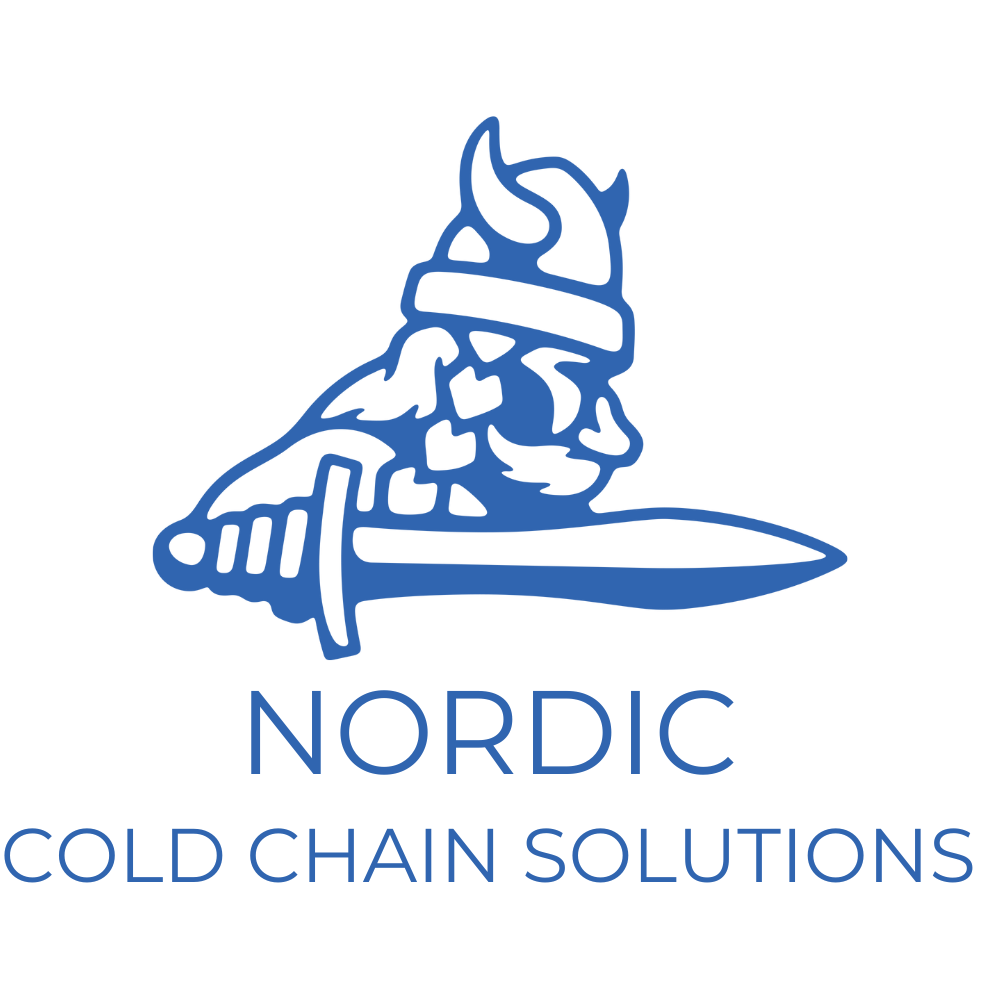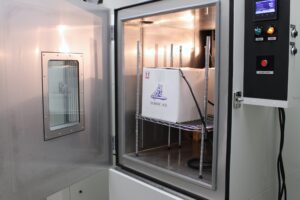Shipping is an essential factor in every business, but when it comes to some industries, like biopharmaceuticals and medical devices, temperature-controlled shipping has become increasingly crucial. Controlled Room Temperature (CRT) shipping is a particular type of transport that requires precise temperature control and monitoring throughout the entire journey. It involves dealing with certain regulations and specific insulated packaging materials to ensure products remain at a consistent temperature during transit.
What is Controlled Room Temperature Shipping?
Controlled Room Temperature Shipping (CRT) is an advanced method of shipping and storing temperature-sensitive pharmaceuticals, biologics, and food products. It involves storing and transporting goods in a carefully controlled environment—the ambient temperature inside the container must be maintained between 15°C to 25°C for the entire supply chain process.
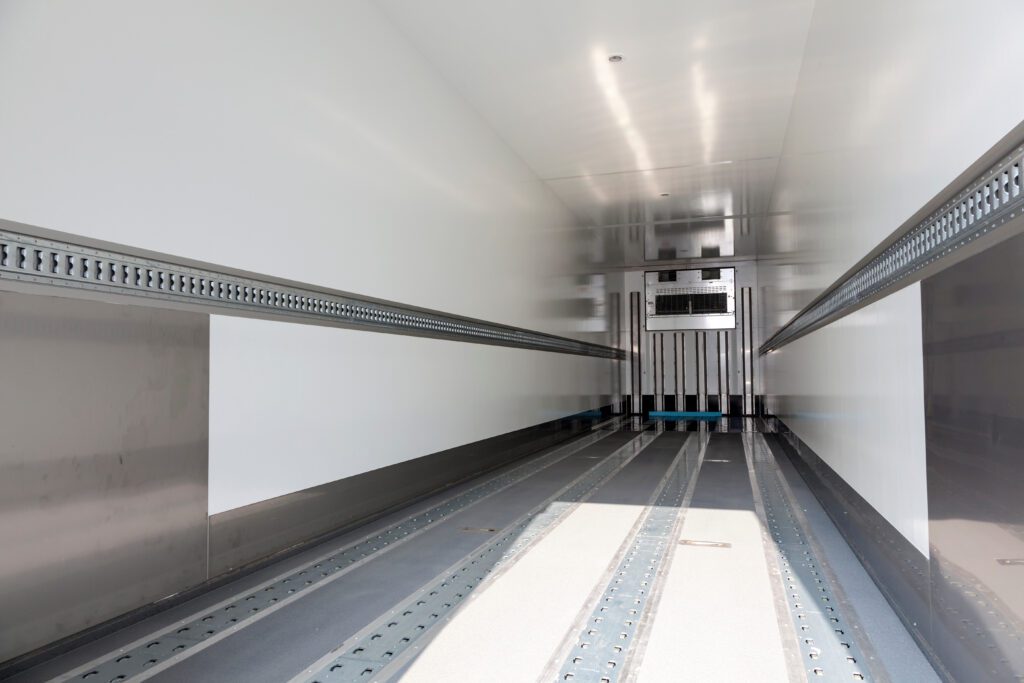
CRT works by using active cooling systems such as phase change materials or gel packs inserted into insulated containers or thermal packaging to create a uniform distribution of temperatures within the container. This eliminates potential “hot spots” that could compromise product integrity during transit from temperatures exceeding those specified limits while maintaining stability when temperatures outside the container exceed these limits. Such systems provide enough energy to maintain either stable cold/freeze temperatures or full sets of desired cool room temperatures over extended periods throughout different climates and seasons, ensuring quality product delivery under strict timelines.
This type of shipping requires strict adherence to manufacturing regulations and standards set by organizations like the World Health Organization (WHO) Good Distribution Practices (GDP), the Drug Supply Chain Security Act (DSCSA), U.S Food & Drug Administration’s Code Of Federal Regulations Title 21 Parts 210 & 211 CFR 21 Parts 600 – 680 for Medical Devices Manufacturing processes, which helps ensure that materials remain in a safe condition throughout their entire journey—from manufacturer to end user with zero discrepancies. This is why CRT has become increasingly important for modern-day transportation solutions due to its ability to meet complex global health safety requirements across multiple industries.
Industries Requiring Controlled Temperature Shipping
 Controlled temperature shipping, also known as refrigerated or thermal shipping, is one of the most critical and intricate processes employed by various industries. Everything from food production to pharmaceuticals needs this essential service to ensure their products remain safe and in optimal condition during transport. So what industries involve controlled temperature shipping?
Controlled temperature shipping, also known as refrigerated or thermal shipping, is one of the most critical and intricate processes employed by various industries. Everything from food production to pharmaceuticals needs this essential service to ensure their products remain safe and in optimal condition during transport. So what industries involve controlled temperature shipping?
- Medical/Pharmaceutical: In the pharmaceutical industry, many different types of drugs require this type of delivery method, including biologics stored at -80°C (for example, vaccine manufacturing), medicines stored between 2-8°C and gels/creams stored at refrigerated temperatures, such as 4°C or 5-15°C. The medical industry also requires this type of transportation to preserve its sensitive materials, including organs or tissue samples, requiring cryogenic transport from -196 to -150°C.
- Food & Beverage: Another industry that needs this type of shipment is the food & beverage sector which primarily involves moving chilled meat products between 1-4°C and frozen items like ice cream below 0ºF during shipment. Since these products may spoil quickly if not kept within their required temperature ranges, they must be shipped using regulated containers explicitly designed for chill transport that provide insulation from outside elements along with cooling units like dry ice, gel packs, or thermoelectric solutions inside them.
- Electronics: Electronics manufacturers often have specific temperature requirements for delicate parts such as LCD screens. While the temperature range may vary depending on the product, LCD screens are typically designed to operate within a specific range, usually wider than 5-25ºC. For example, LCD screens generally have recommended operating temperatures ranging from 0-40ºC or wider, depending on the particular product. Controlled temperature shipping is vital to safeguard electronic components from potential damage caused by extreme temperature conditions.
- Aerospace: Even aerospace companies need steady conditions when transporting volatile chemicals like rocket fuel or hydraulic fluid assemblies under cold chain preservation services to prevent contamination due to condensation build up inside tanks due to drastic changes in altitude during the flight!
Overall controlled temperature shipping has become increasingly popular in today’s consumer market due to its ability to keep fragile commodities safe during transit, preventing costly inventory losses along the supply chain process.
Maximize Efficiency and Safety
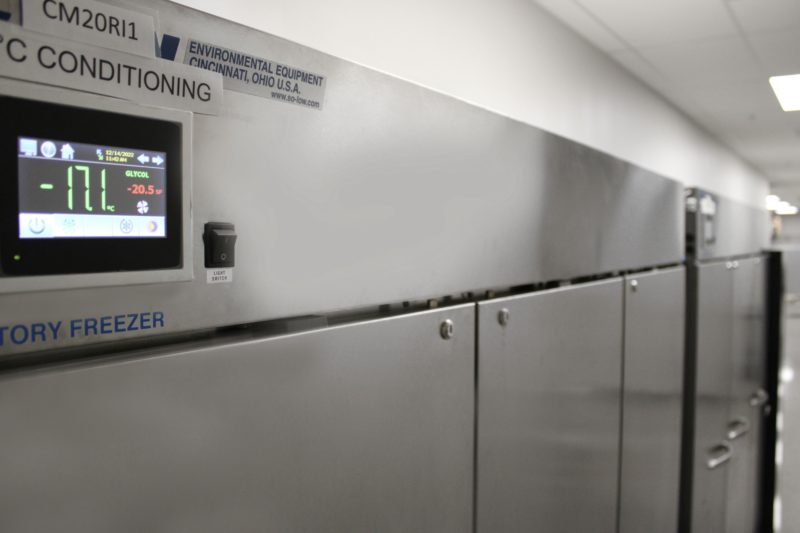 Controlling temperature during shipping is critical in many industries and requires a systematic approach. By adhering to certain practices, such as monitoring frozen items with integrated sensors, ensuring efficient cooling of products between specified ranges, and utilizing the latest technologies and cooling systems, companies can face the challenge of safely delivering customized temperature requirements for various industries.
Controlling temperature during shipping is critical in many industries and requires a systematic approach. By adhering to certain practices, such as monitoring frozen items with integrated sensors, ensuring efficient cooling of products between specified ranges, and utilizing the latest technologies and cooling systems, companies can face the challenge of safely delivering customized temperature requirements for various industries.
Controlled room temperature shipping continues to be one of the most prominent solutions in the logistics industry. To maximize efficiency and safety for perishable product shipments, businesses should consider investing in professional cold chain solutions offered by providers like Nordic Cold Chain Solutions, which can meet their needs at competitive costs.
